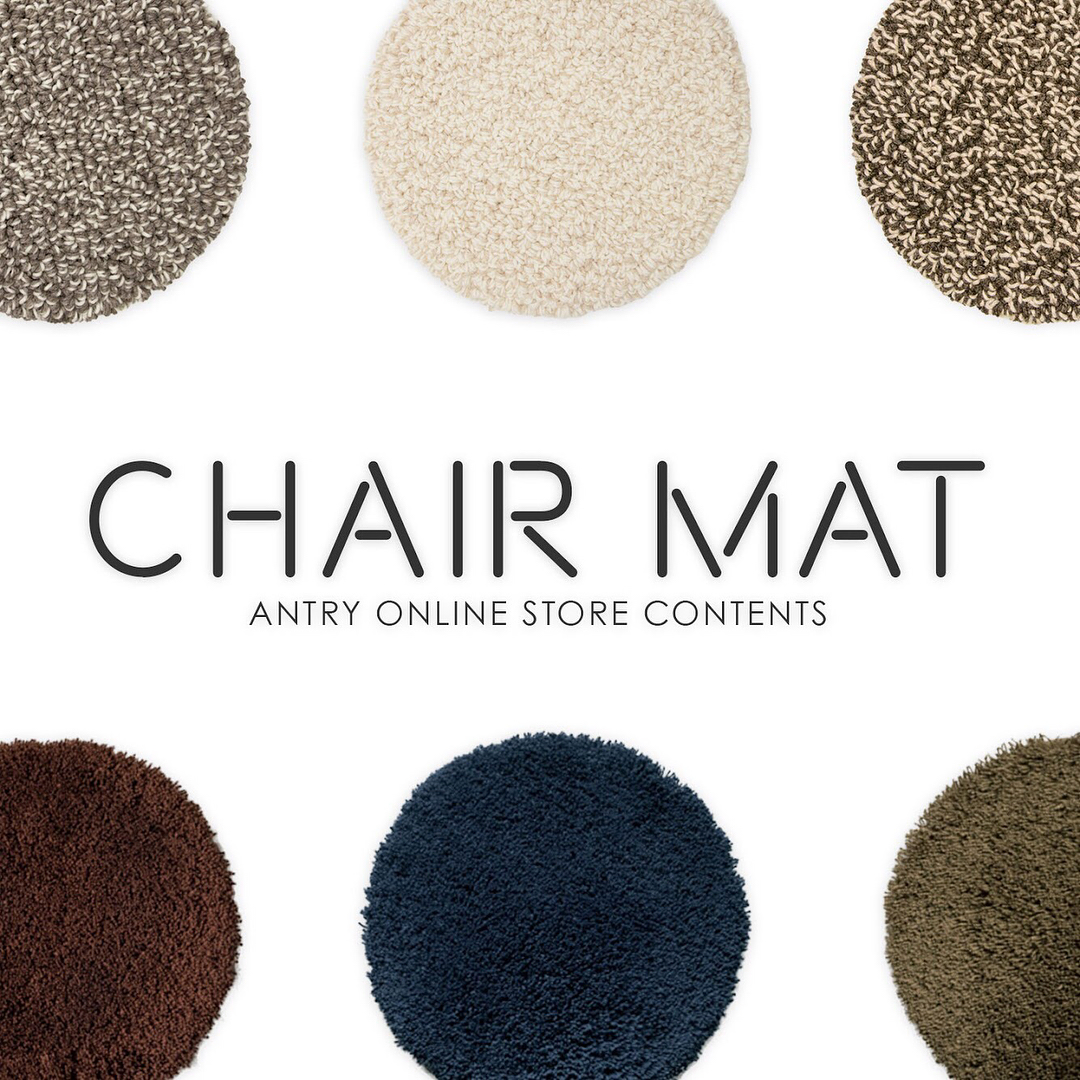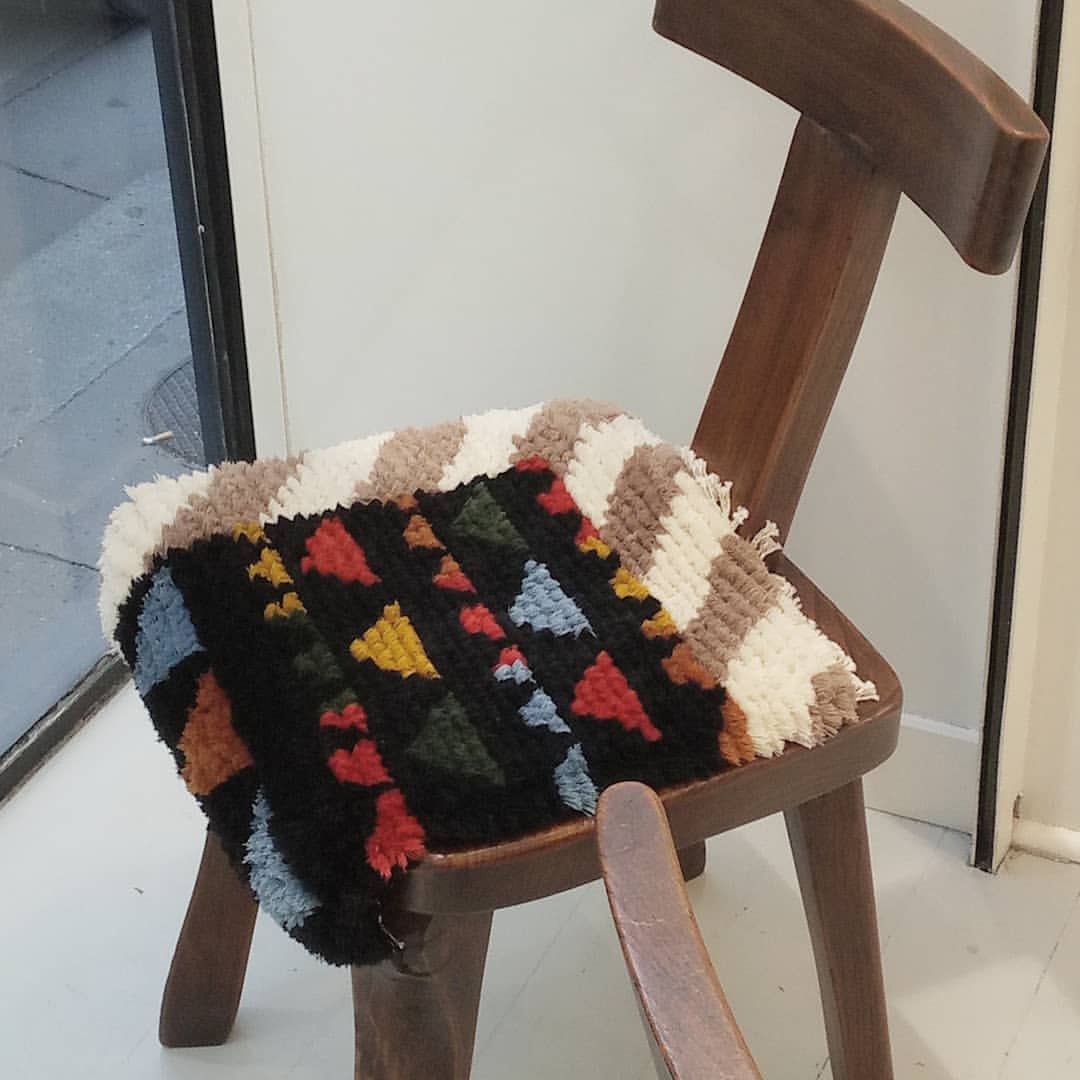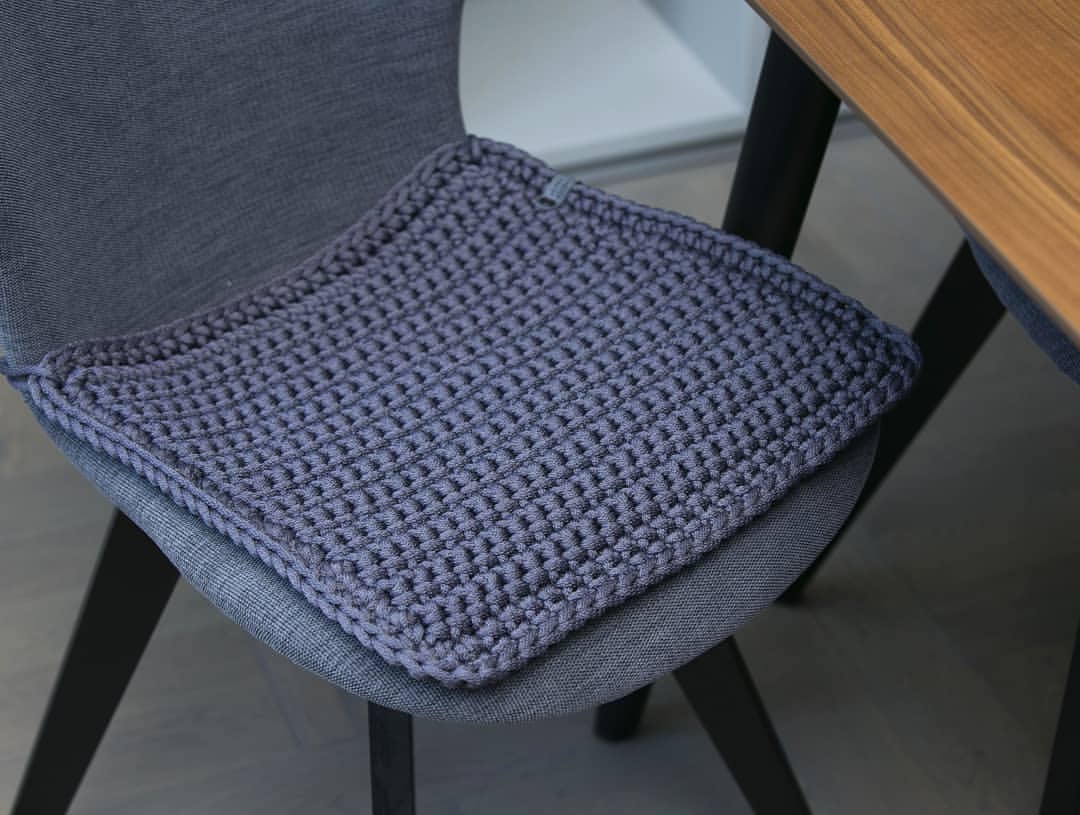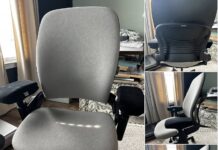Did you know that most flooring manufacturers will void their warranties unless you use chair mats? That’s because without mats, rolling office chairs damage flooring surfaces. Chair mats protect flooring from indentations, scuffs, and other marks, and from spills. Chair mats also make it much easier to move within your workspace—it takes 80% less effort to roll your chair on a mat than on the floor. Plus, rolling your chair around the office all day can cause back pain and leg strain. Not to mention the wear and tear even the most careful use can cause. An anti-scratch chair mat prevents static from reaching your computer or other electronic equipment, where it could cause you to lose data, or could damage your equipment. With the right chair mat, moving around your workspace is easier, you extend the life of your flooring—a real money-saver—and you protect your data and equipment from static electricity.

Standingdesktopper's pick
Should I Be Using an Office Chair Mat?
Simply put, a chair mat is a means of protecting your office floor cover. It acts as a barrier between the wheels of your office chair and the floor to spread the load more evenly, preventing damage. Depending on the type of chair mat used it can also enhance the appearance of your office, but more on that later let’s first look at when you might need one. The humble office chair puts a tremendous amount of pressure on your floor covering. This is hardly surprising as all your weight is concentrated onto 5 small wheels, which frequently move across the floor throughout the day. All this can quickly damage even quite tough carpets and tiles over a period of time. It is especially true that when you have a wood floor finish, the destructive action of your chair’s wheels can literally tear up the top surface of the wood. In the case of vinyl flooring, it often leads to scoring and grooves appearing on the surface quite quickly. Just like the fox, you tend to move back and forth over the same section of floor throughout the day. All in all swivel chairs can be very destructive unless you take action and use a chair mat to act as a form of load spreader, forming a protective layer. Chair mats come in a number of different forms, each intended to offer specific protection.
What Kind of Chair Mat Should I Be Looking For?
With hardwood floors, it’s essential to have a mat, but there are a lot of types you have to choose from. If it’s a hard surface, such as hardwood, laminate, vinyl, or tile, you’ll want a mat with a smooth backing that won’t damage the floor and keeps the mat from moving. These mats are thinner and generally have straight, rather than beveled, sloped edges. Then assess the space you want your chair mat to cover. Look at the total floor space, the width of your desk, the size of your chair’s base, and the area you’ll want to move around in. Chair mats come in standard incremental sizes and custom sizes are also available. Many chair mats are rectangular. Others are single lip mats—rectangular with a lip that extends under your desk where you put your feet. There are also triangular, round, and oval mats. Be sure you measure carefully! Chair mats come in a variety of materials and patterns to fit your needs. This way, you can protect your flooring and still have your office feel like yours. You can choose a clear vinyl chair mat so the flooring underneath is visible. There are also colored and patterned vinyl mats and ones made of Plexiglas, wood finish, glass, jute, or sisal.
Popular Materials for a Great Chair Mat
The most common flooring in home offices and other workspaces is hardwood, and the most popular type of mat for hardwood protection is made from clear plastic. Care needs to be taken in selecting this type of mat. Really cheap ones need to be avoided as the edges soon bubble and distort with use presenting a potential hazard as it’s all too easy to trip over these raised edges. You can usually tell this type of mat because it rolls up. Better quality clear mats are semi-rigid tapering at the edges to give a smooth connection between mat and carpet. Additionally, they have a grid of short molded plastic studs to the underside, which act as grips and prevent the mat from slipping in use.
Wood chair mats come in 2 formats. First, there are laminate-based rigid mats finished in a realistic wood effect. These are very durable and are suitable for protecting all types of floors. Generally, the finish is very good and they can certainly enhance the appearance of your office. Second, there are bamboo mats made from machined bamboo strips, which are professionally strung together and can be rolled up. These are then finished in a high-quality stain and again are suitable for protecting most floor surfaces and also look very good in the office. With wood floors, you must be careful when choosing a wood mat for your office.
Rubber mats aren’t nearly as common these days, mainly due to the improvement in quality and appearance of other forms of mats. They don’t look very nice as generally, they come in black rubber, which can look unsightly in a large piece. However one of their advantages is they are quite thin and so are ideal for protecting hard floor surfaces like wood and tiles. They act as a form of gasket preventing delicate surfaces from becoming marked or scored.
What to expect
Floor mats save you a lot of money in the end. You won’t damage your chair moving around throughout the day, and even better, you won’t ruin the expensive floors in your office. Replacing those is a hassle and can put you back a lot of time and money. Time is valuable in the working world, so skip the stress of floor or chair damage, and grab a floor mat today!

























